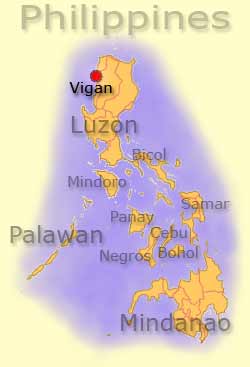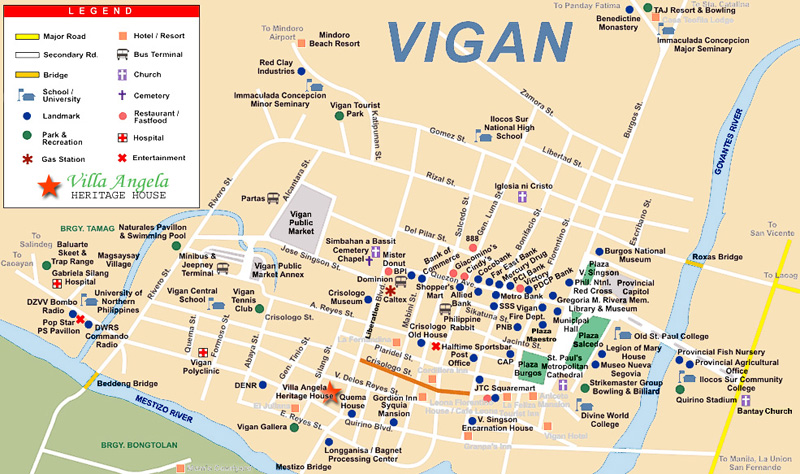
-
МјРЇСІИёСЖШИМі
-
 И№ОЫ КИОЫ Йъ ЗЛЦЎЧЯБт~ ИЎСЖЦЎ ПЙОрБюСі
И№ОЫ КИОЫ Йъ ЗЛЦЎЧЯБт~ ИЎСЖЦЎ ПЙОрБюСі 88,318
88,318 -
 [ЧЪИЎЧЩ ММКЮ] ФЋИ№ХзНК ПЉЧр 100Йш СёБтБт
[ЧЪИЎЧЩ ММКЮ] ФЋИ№ХзНК ПЉЧр 100Йш СёБтБт 39,714
39,714 -
 ИЖДвЖѓ НУГЛ - ИЎРп АјПјСЄКИ. (ЛчСј 16Рх ЦїЧд)
ИЖДвЖѓ НУГЛ - ИЎРп АјПјСЄКИ. (ЛчСј 16Рх ЦїЧд) 30,189
30,189 -
 ММКЮРЧ СіПЊСЄКИ15,169
ММКЮРЧ СіПЊСЄКИ15,169 -
 ИЖДвЖѓ БйБГ - ЕћАЁРЬЕћРЬ ПЉЧр СЄКИ13,719
ИЖДвЖѓ БйБГ - ЕћАЁРЬЕћРЬ ПЉЧр СЄКИ13,719 -
 [ЧЪИЎЧЩ ММКЮ/ИЗХК] ШЃХк МїЙк ПфБн Йз СЄКИ12,720
[ЧЪИЎЧЩ ММКЮ/ИЗХК] ШЃХк МїЙк ПфБн Йз СЄКИ12,720 -
 КИЖѓФЋРЬРЧ И№Еч И№НРРЛ КММі РжДТ ЛчСјУИ.12,604
КИЖѓФЋРЬРЧ И№Еч И№НРРЛ КММі РжДТ ЛчСјУИ.12,604 -
 ИЖДвЖѓ БйБГ - ЦХЛѓЧб ЦјЦї ПЉЧрСЄКИ12,156
ИЖДвЖѓ БйБГ - ЦХЛѓЧб ЦјЦї ПЉЧрСЄКИ12,156 -
 [ММКЮ-ЙшМБТјРх] МБЙкШИЛч РќШЙјШЃПЁПф~11,743
[ММКЮ-ЙшМБТјРх] МБЙкШИЛч РќШЙјШЃПЁПф~11,743 -
 ИЖДвЖѓ СіПЊ(ПЁИЃЙЬХИ -ИЛЖѓХз)РЧ СіЕЕ/ЧбБЙ РННФСЁ/МюЧЮИє11,611
ИЖДвЖѓ СіПЊ(ПЁИЃЙЬХИ -ИЛЖѓХз)РЧ СіЕЕ/ЧбБЙ РННФСЁ/МюЧЮИє11,611


MAP
The City of Vigan (Ilocano: Dak-ili ti Bigan; Tagalog: V?gan; чОхВИ, Hokkien (Pe?h-?e-j?): Biga; Mandarin
Chinese (Pinyin): M?ian) is a 5th class city in the province of Ilocos Sur, Philippines. It is the capital of the
Province of Ilocos Sur. The city is located on the western coast of the large island of Luzon, facing the South
China Sea.
It is a World Heritage Site in that it is one of numerous Hispanic towns in the Philippines, and is well-known for
its cobblestone streets, and a unique architecture that fuses Philippine building design, and construction with
colonial European architecture.
According to the latest Philippines census, it has a population of 47,246 people in 9,193 households.
Former Philippine president Elpidio Quirino, the 6th president of the Philippines, is born in Vigan, at the current
location of the Provincial Jail (his father was a warden); and resided in the Syquia Mansion.
The area of Vigan was originally a settlement of traders coming from the Fujian Province, China. At the time of
Spanish colonisation, the Chinese settlers, whose language was Southern Fujianese (Min Nan, often referred
to as "Hokkien" by most Filipinos), referred to the area as "Bee Gan" (чОхВИ ; Mandarin pinyin: M?i An), which
means "Beautiful Shore." Since the Castillian and Basque Spanish conquistadors interchanged V and the B to
refer to the B sound, they spelled the Hokkien Chinese name "Bee Gan" (чОхВИ) as "Vigan", which is the name
used to this day.
Vigan's Chinese heritage is still evident from the numerous elite Chinese creole families who come from the
area, many of whom adopted Hispanic family names. Others, such as the Sy-Quia family, have retained
Chinese-derived surnames, though most, if not all, of the Christian Chinese creole families fully Hispanicised
themselves culturally.
The most commonly known source of the city's name is from the Biga'a plant, which once grew abundantly
along the banks of the Meztiso River, from which captain Juan de Salcedo derived the city's name
(after a misunderstanding with the locals, thinking he was asking the name of the plants).
- ЁЄ
- ЁЄ
- ЁЄ
- ЁЄ
- ЁЄ
- ЁЄ
- ЁЄ
- ЁЄ
- ЁЄ
- ЁЄNmjNUuzXqd
- ЁЄNmjNUuzXqd
- ЁЄNmjNUuzXqd
- ЁЄNmjNUuzXqd
- ЁЄNmjNUuzXqd
- ЁЄNmjNUuzXqd















 ЧЪРкДхФФ ОпАЃЛѓДу ПРЧТ
ЧЪРкДхФФ ОпАЃЛѓДу ПРЧТ 11ГтПЌМг МвКёРкИИСЗ 1РЇ
11ГтПЌМг МвКёРкИИСЗ 1РЇ
 ГЛАд ИТДТ ОюЧаПј УЃБт
ГЛАд ИТДТ ОюЧаПј УЃБт
 ИЎОѓ ЧаБГ ЙцЙЎБт
ИЎОѓ ЧаБГ ЙцЙЎБт
 СжИЛПЁ ГЛАЁ ОЕ КёПыРК?
СжИЛПЁ ГЛАЁ ОЕ КёПыРК? УжАэАЁМККё РЬКЅЦЎ СёБтБт
УжАэАЁМККё РЬКЅЦЎ СёБтБт
 ЧіСіПЁМЕЕ ЧЪРкДхФФ!
ЧіСіПЁМЕЕ ЧЪРкДхФФ! ЧіСіПЁМ АЁДЩЧб
ЧіСіПЁМ АЁДЩЧб









 ЧЪРк ЦЏБо Ч§ХУ! ФСНУОюСі МКёНК
ЧЪРк ЦЏБо Ч§ХУ! ФСНУОюСі МКёНК



 АЁСЗПЌМіЗЮ ДйЧдАд ОзЦМКёЦМ
АЁСЗПЌМіЗЮ ДйЧдАд ОзЦМКёЦМ




























